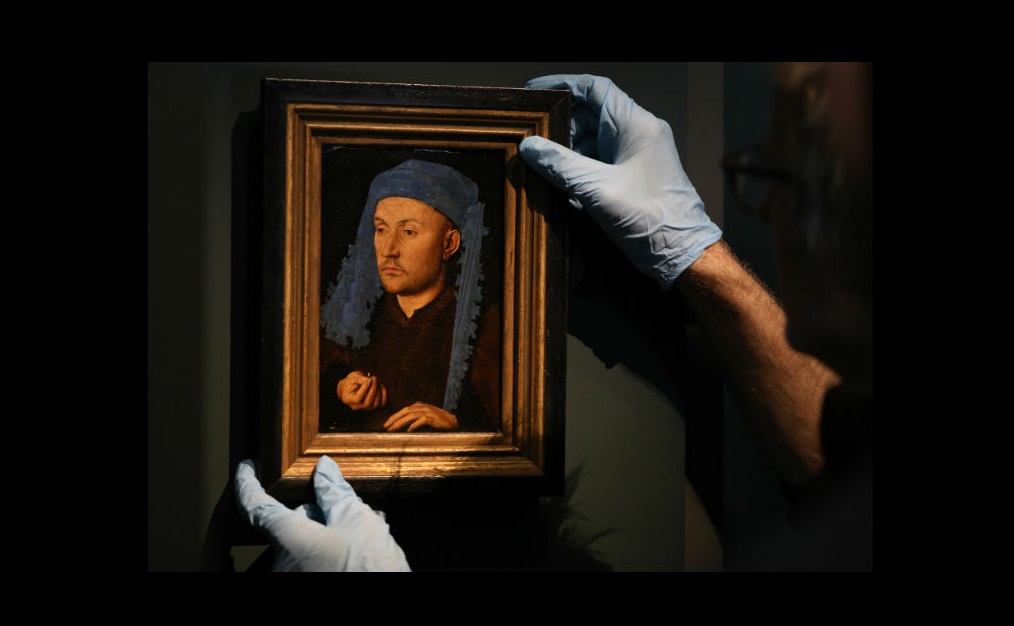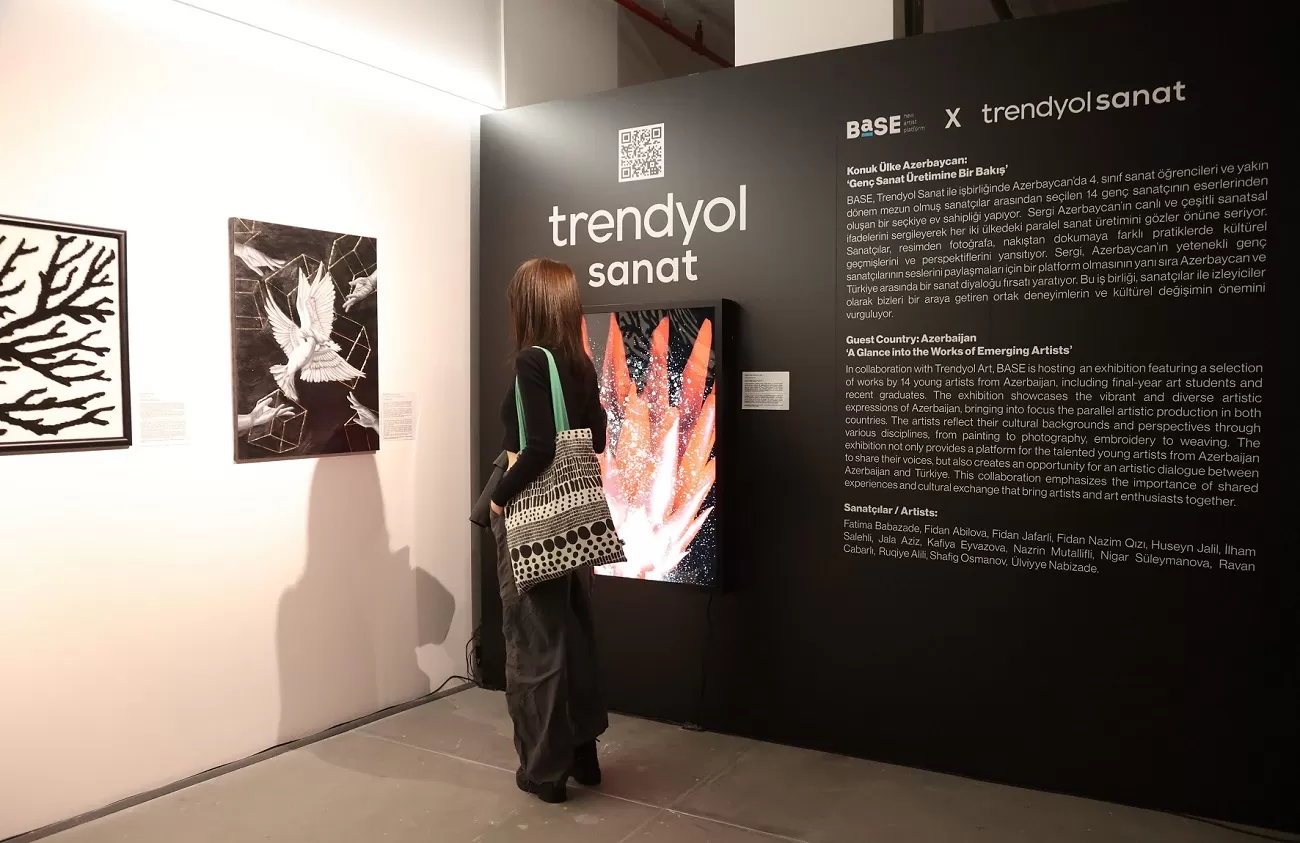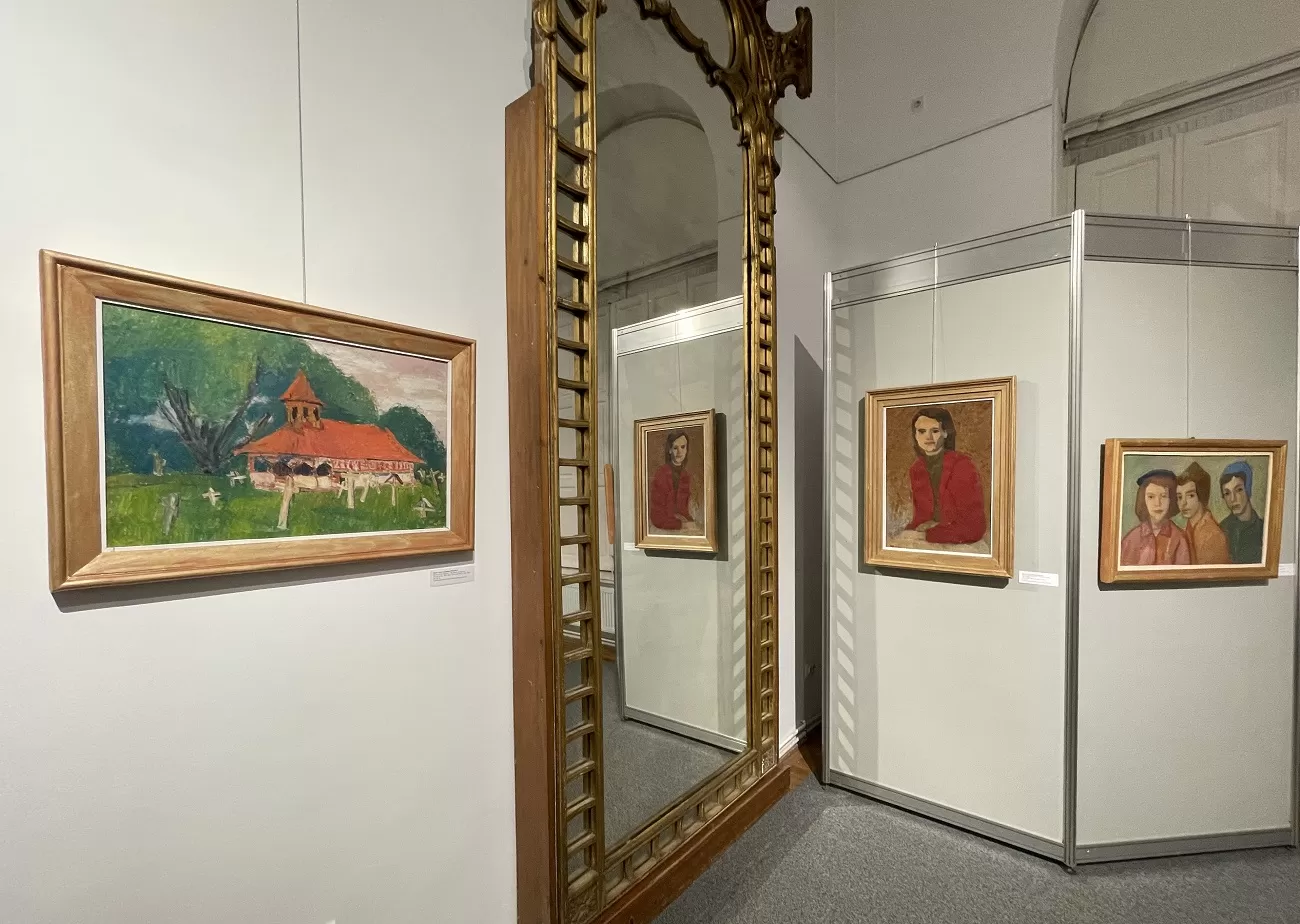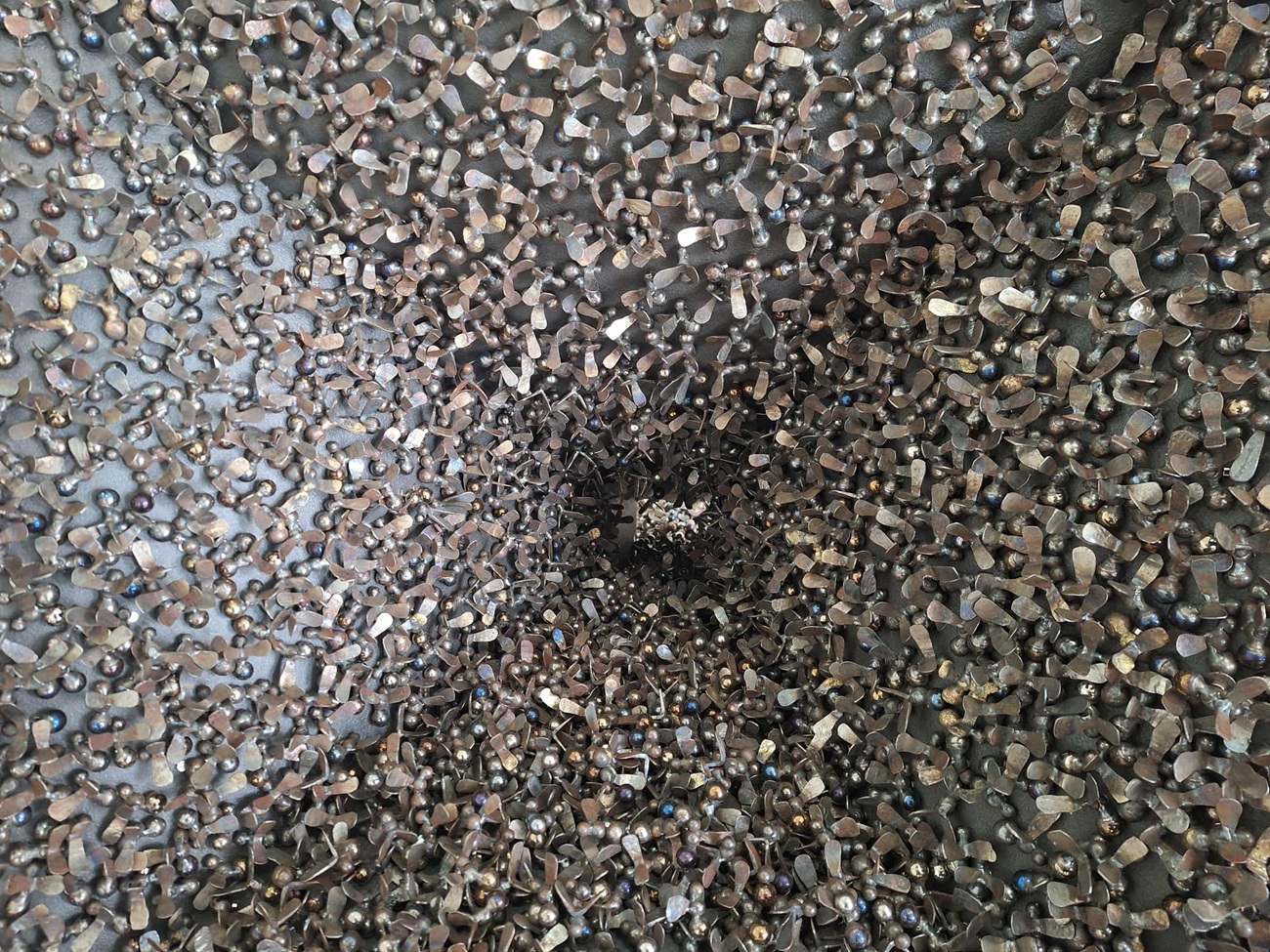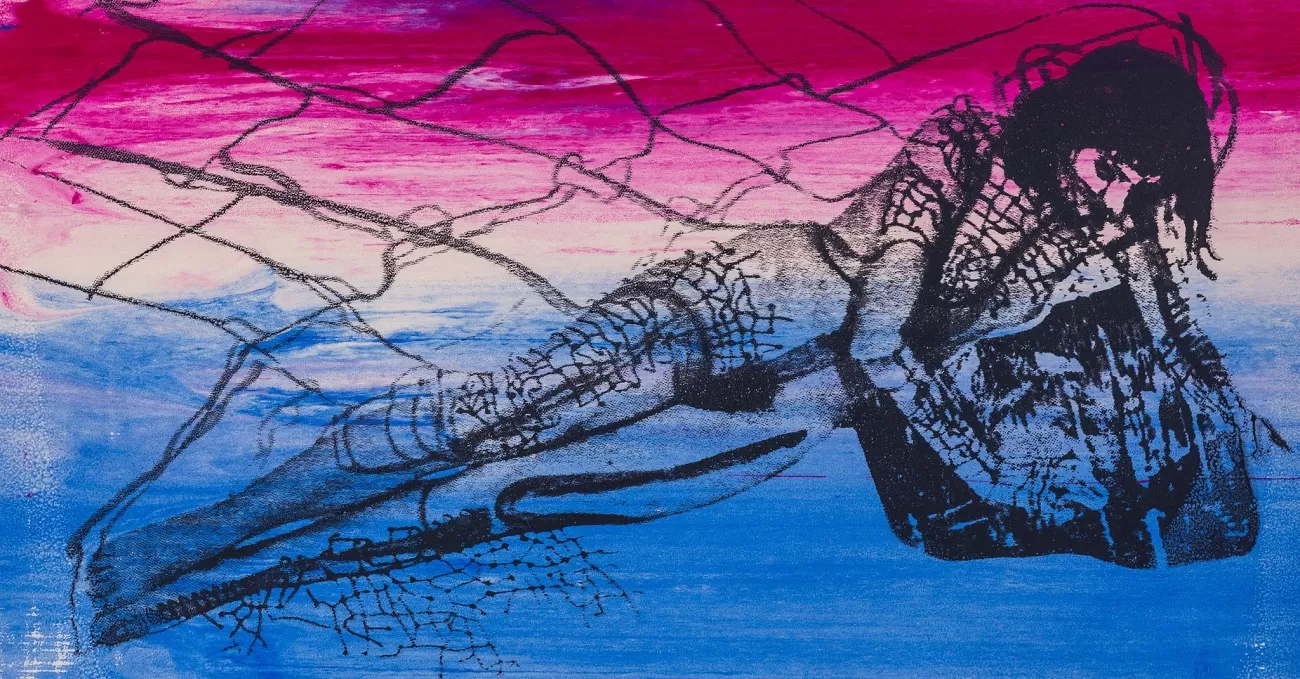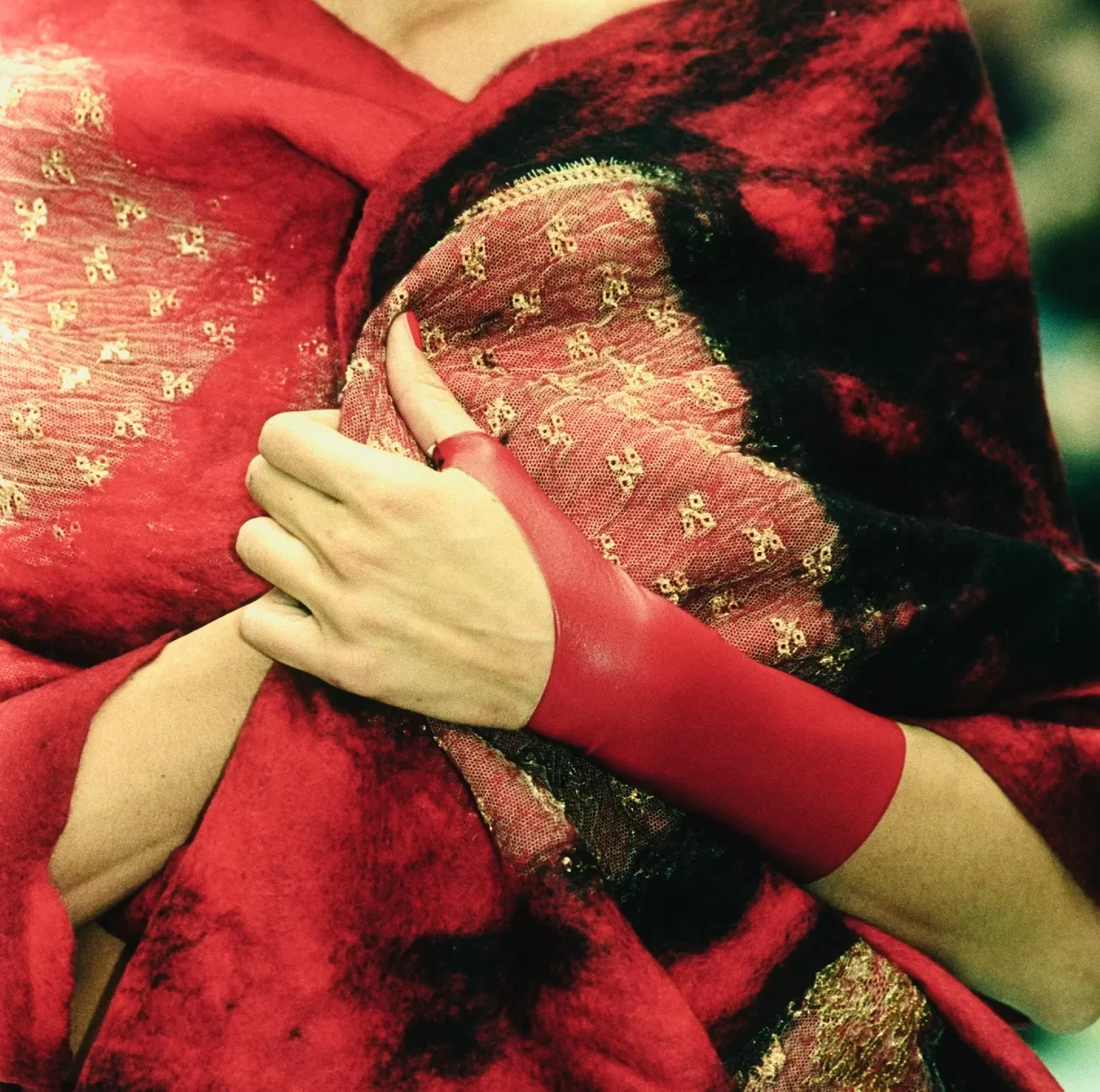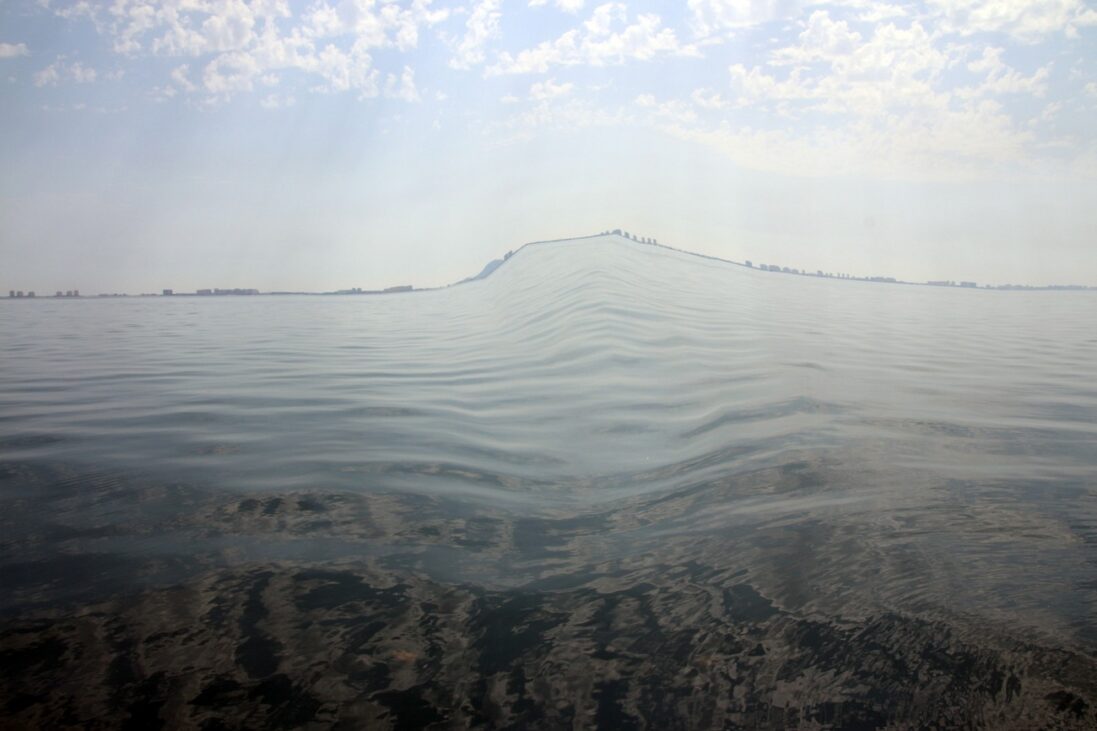
INTERVIEW – Spanish artists in Bucharest on the relevance of environmental protests involving artworks
The Spanish artists Clara Boj and Diego Diaz, included in the exhibition “AfterLand” in Bucharest, talk in an interview with curatorial.ro about the climate crisis in relation to art, about the relevance of protest actions around the world that center on masterpieces of art, about how artists can contribute to a greater awareness of environmental issues. They are participating in “AfterLand” with an installation – a journey in images in the Spanish lagoon Mar Menor over 70 years.
The artists build from their experience as participants in interdisciplinary research on the lagoon, a space of unique biodiversity in a state of significant deterioration. “AfterLand” brings together works by Romanian and international artists with a special affinity for water. The exhibition can be visited until 26 June at Residence9, and will continue in the Danube Delta with a more extensive research program plus an exchange of experience with other EU deltas.
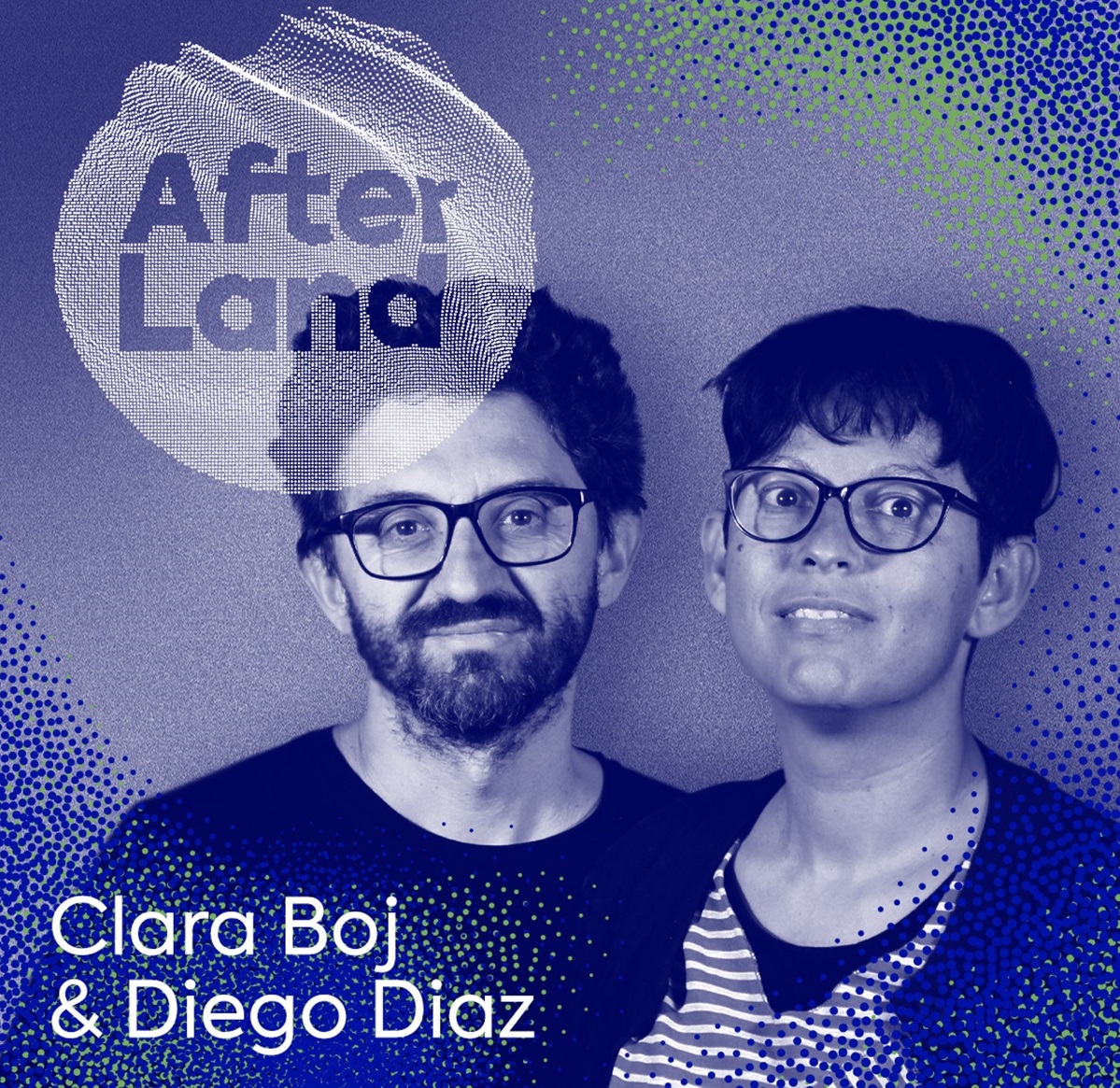
You started researching the state of the lagoon in Spain, what form did it take for this exhibition? Tell us more about your installation.
Clara Boj & Diego Diaz: Research on the Mar Menor began in 2018, after an episode of heavy eutrophication in May 2017, which turned the lagoon’s clear waters into green soup. The scenic beauty of the area was transformed into disease and death and has challenged our understanding of the lagoon as a resource, sparking a major social controversy. The research on the lagoon has involved numerous artists and scientists for more than five years and has led to the development of different artistic initiatives and processes that have explored the lagoon from its condition as a natural space, from the perspective of some of the species that live here, from economic perspectives, through the prism of speculation, etc. In the installation, we propose a journey in images through the lagoon over the last 70 years, from the 1950s, when tourist exploitation began, completely transforming the natural environment, to the present day, when episodes of anoxia and eutrophication of the water make natural life unsustainable. The images, like the water, are progressively greening, transforming the lagoon landscape.
Can solutions for the recovery of this ecosystem be identified through art?
Clara Boj & Diego Diaz: Art does not offer solutions, that is not its mission, but it has a great capacity to replace traditional frames of thinking and incorporate new narratives and explorations that contribute to a holistic understanding of the region.
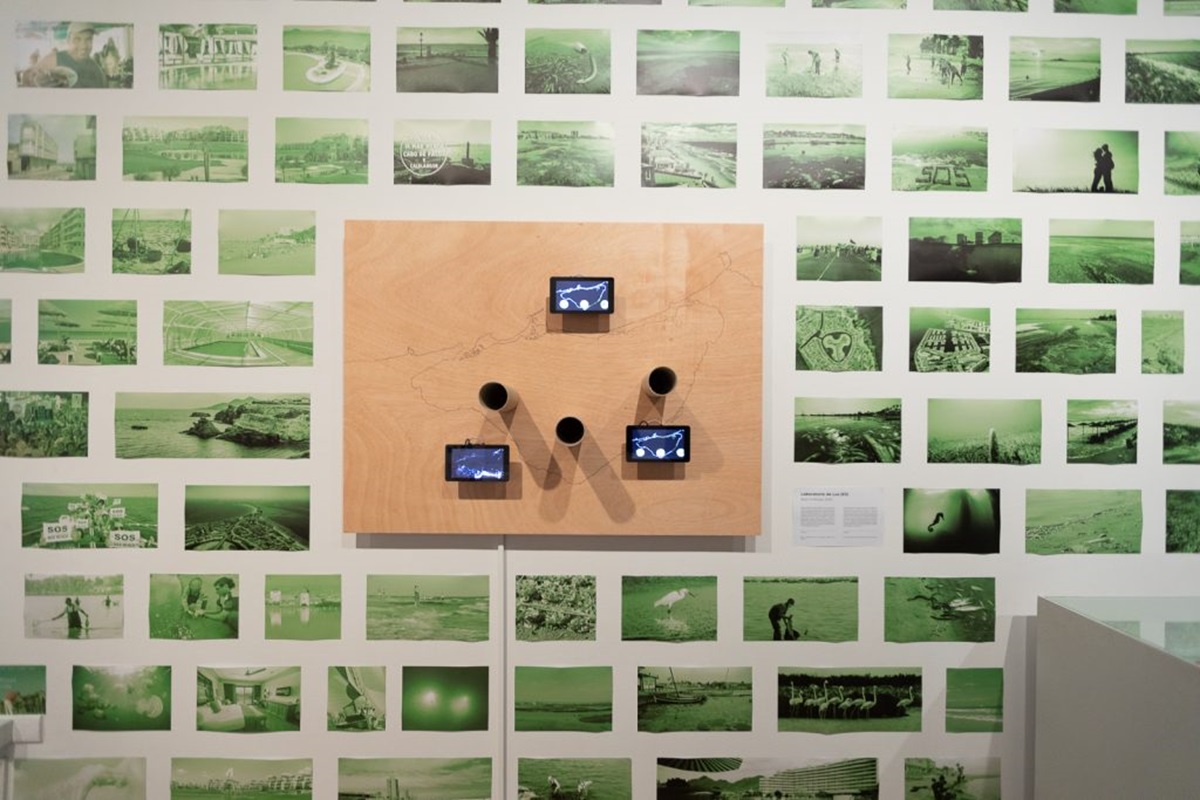
Clara Boj & Diego Diaz, Reset Mar Menor
How do you see artists’ involvement in environmental issues and do you think they do enough to raise awareness?
Clara Boj & Diego Diaz: Artists are, first and foremost, citizens and thus engage with these issues that concern them. There is a clear trend nowadays to include environmental issues in artistic processes and this, in our opinion, is a clear indicator of the emerging environmental crisis we are caught in.
What more could be done to raise awareness of these issues?
Clara Boj & Diego Diaz: We believe that it is essential to engage younger generations through interactive educational projects in schools, which stimulates a change in perspective towards the planet through interdisciplinary processes that connect knowledge, agents and effects.
What is your view on the protests taking place in art museums around the world involving masterpieces of art?
Clara Boj & Diego Diaz: It is clear that the environmental crisis alarm bells sounded by activists and scientists are not being adequately answered by world governments. There are issues like climate change that require urgent action. Protest actions involving masterpieces of art create great social controversy and underline the scale of values in which we are immersed, where objects are more important than people and the well-being of the planet itself, and for that reason they are relevant to us.





